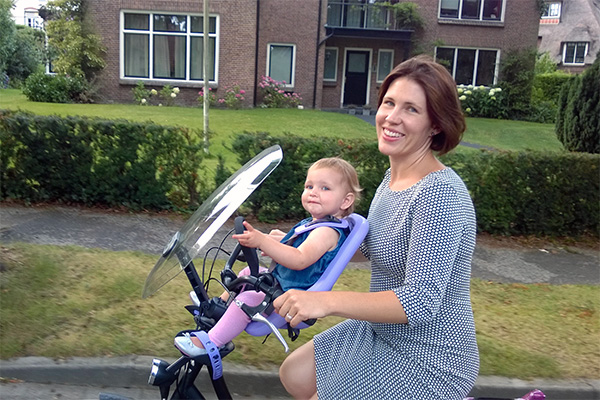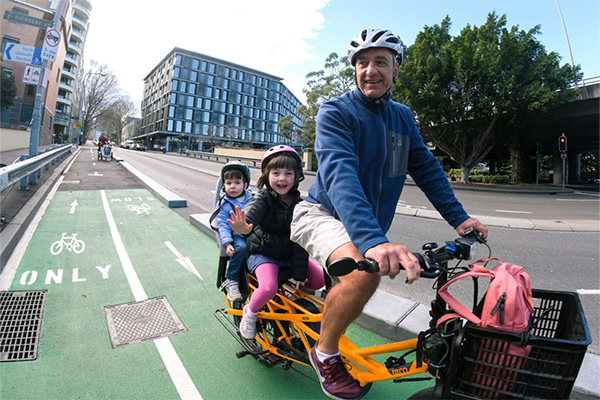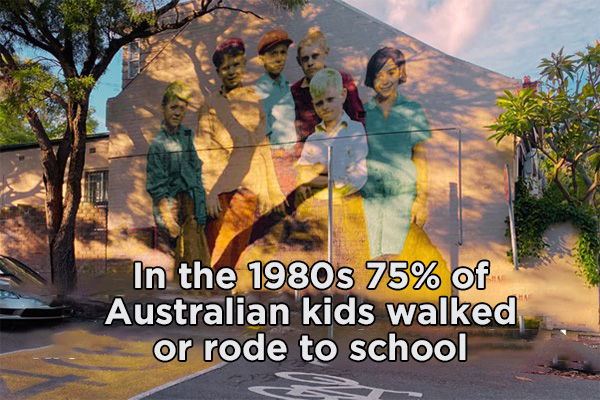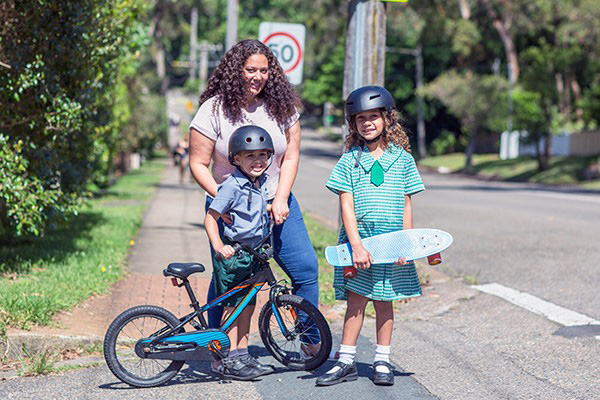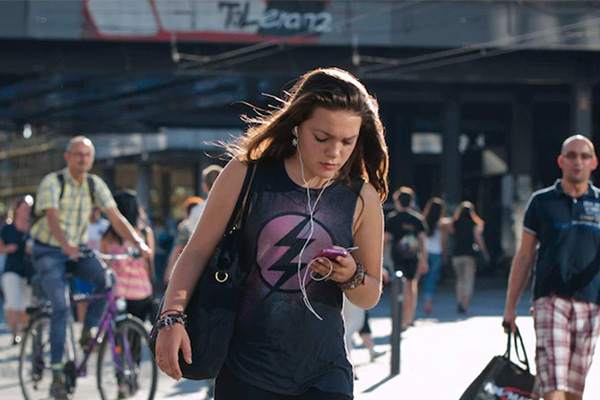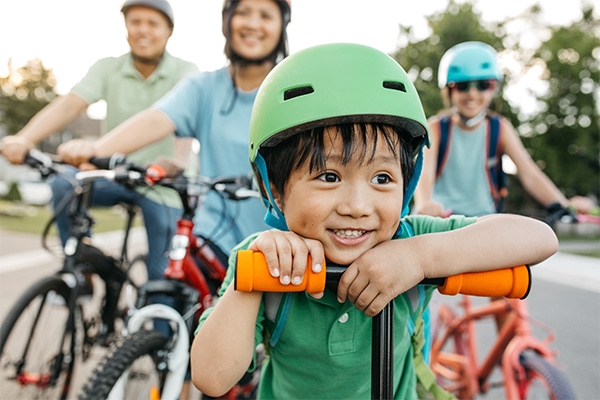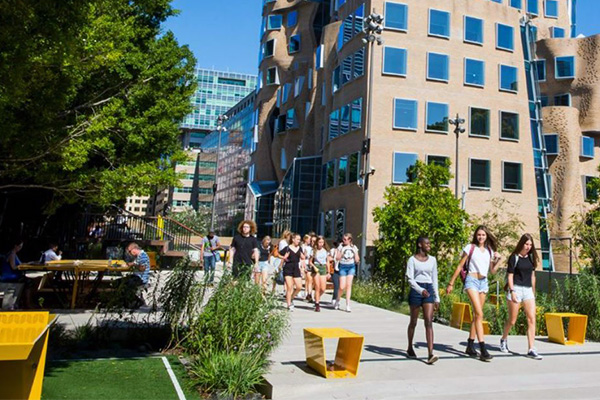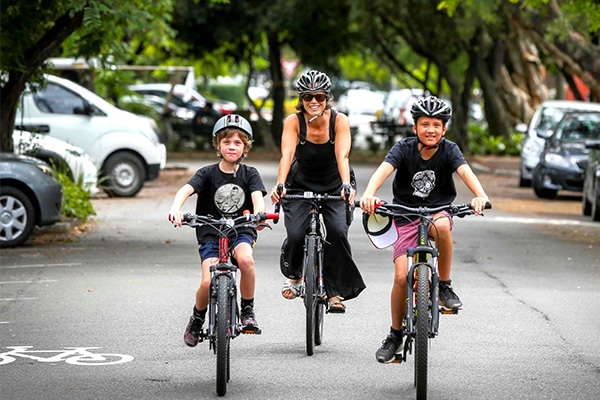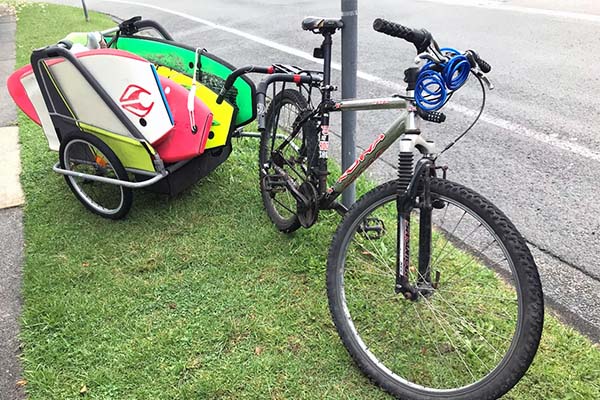There are so many reasons to encourage children to walk, scoot and ride to school. Our friends at Better Streets have written about six of them in this great article! Active transport for school trips is so good for mental and physical health. It reduces congestion and emissions. Families save time and money. Healthy transport habits can be established early, so children can ride on into adulthood and benefit from a lifetime of physical activity, better health and lower transport costs.
But above all, it is fun. Children love getting around by walking, scooting and riding. Especially with their friends.
But why do so few children travel actively to school in 2024?
In the 1980s, 75% of kids walked or rode to school. But after four decades of car-centric urban planning, that proportion has plummeted to 25%. Our governments stopped designing streets for people, and prioritised travel for large, fast cars instead.
This has had disgraceful public health consequences:
- Australian Teens rank 140 out of 146 of the least physically active nations on the planet. (The Lancet)
- 25% of Australian children and 67% of adults are overweight or obese (Diabetes Australia).
- Traffic violence is the leading cause of death among children and teens. (Sydney Morning Herald)
- Traffic pollution causes 11000 deaths and 66,000 childhood asthma cases every year (Sydney Morning Herald).
The future generation needs safe and healthy streets
Bicycle NSW will work very closely with NSW Government to drive programmes forward.
Register now for the Bicycle NSW Ride To School Program so we can support your school community as our school active transport projects ramp up in 2024.
Continuous, shaded and generous footpaths, regular raised or signalised crossings and low vehicle speeds are essential ingredients of a ‘child-friendly’ city.
When the infrastructure is right, kids jump on their bikes! At Bourke Street Public School in Redfern, 80% of kids walk or ride to school. (Image: Simon Wood)
Unfortunately, the pace of change remains ridiculously slow. Better Streets advocate have calculated that it will take 320 years to achieve healthy, equitable streets with the current 0.2% budget allocation to active transport. This is 100 times below the 20% recommended by the UN. A paradigm shift is urgently needed in NSW to meet the active transport goals.




